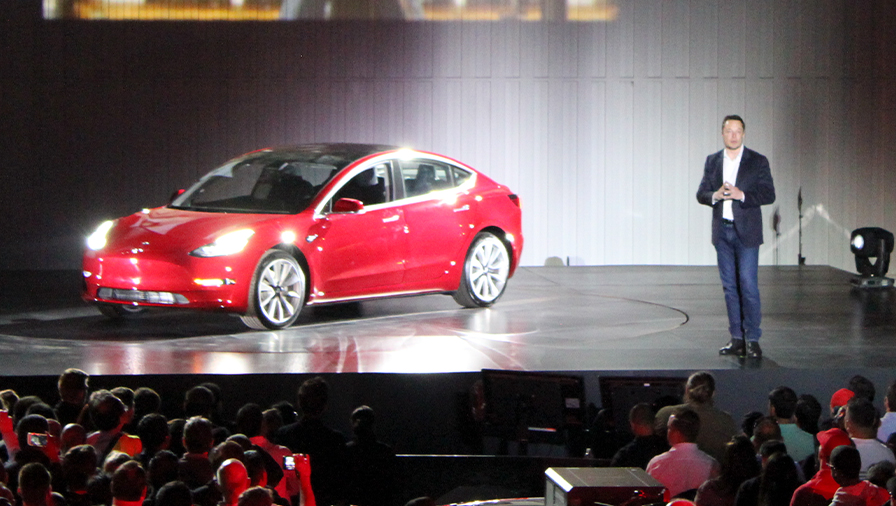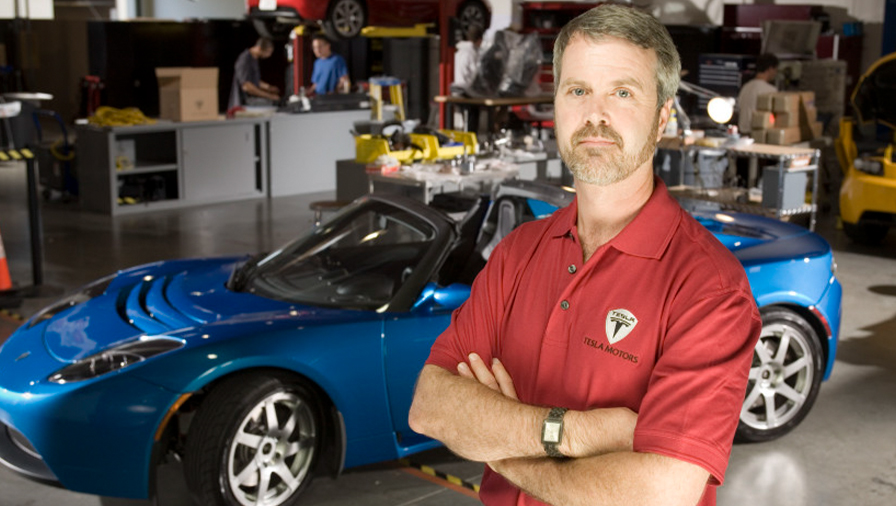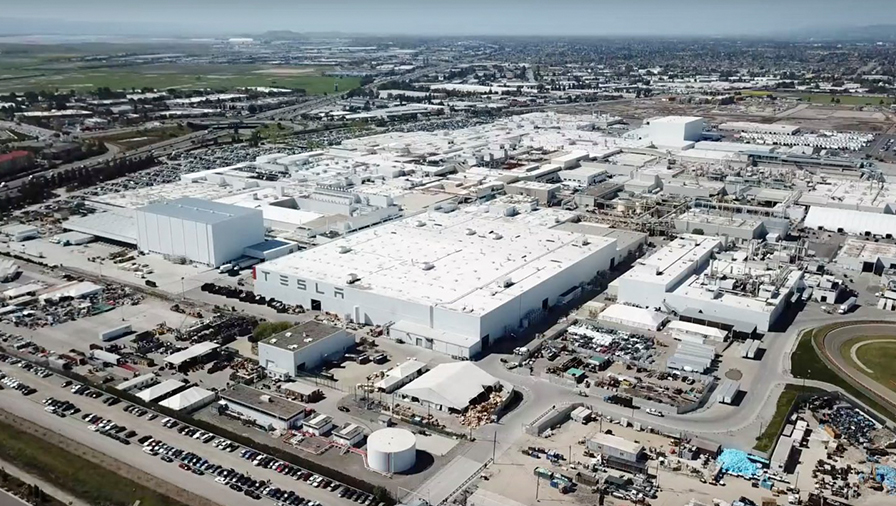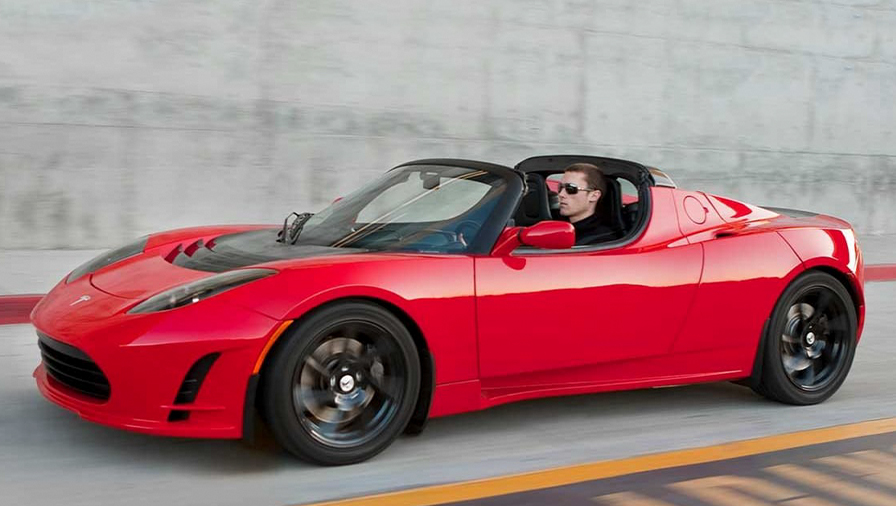Elon Musk’s high-wire gamble
Book Review: How Tesla Motors defied the odds to become the world's most valued carmaker.
Book Review: How Tesla Motors defied the odds to become the world's most valued carmaker.
Of the three billionaires vying to commercialise the final frontier of space, Elon Musk is by far the most innovative and visionary.
Sir Richard Branson has long been in the airline business but lacks the capital to be a serious player, while Amazon’s Jeff Bezos has money to burn. Both have limited their objectives to sub-orbital space travel experience using rocket-like craft.
By contrast, Musk has built a company, SpaceX, that has developed reusable first-stage rockets, vastly reducing the costs of launches and journeys into outer space. Up to now, these rockets lasted just a few minutes to blast through the Earth’s gravitational pull before being ejected and burned up on re-entry.
SpaceX will force other launchers such as Arianespace and the United Launch Alliance to follow the reusable path.
Musk hasn’t joined the space race to be like the others. Instead, he has disrupted it with ideas that not only make space travel cheaper and more sustainable, but also raise its objectives to encompass moon bases and the colonisation of Mars.
Irish author Mark O’Connell writes off Musk’s obsession with Mars as nutty in his book about Silicon Valley’s apocalyptic “preppers.” But a deeper understanding is now available in Power Play: Elon Musk, Tesla and the Bet of the Century, by the Wall Street Journal’s automotive industry correspondent Tim Higgins.
Not many authoritative texts about business come with a warning: “Most if not all of what you read in this book is nonsense.”

The caveat comes from Musk himself, but in 360 pages of highly detailed journalism the reader will conclude otherwise. Sure, much of what it says about Musk is not complimentary and Higgins has reconstructed his account from those prepared to speak to him.
Musk has left plenty of people by the wayside on his way to building a motor vehicle company that is today valued at US$700 billion, more than the combined worth of Toyota and Volkswagen, the world’s biggest sellers of cars.
Initial investment
This has been achieved in just 18 years since Musk first became involved in Tesla Motors, a company he bought into in 2003 with a third of his US$22 million proceeds from the US$1.5b sale of PayPal to eBay.
Tesla was based on the electric car ambitions of engineer Martin Eberhard, who invented one of the first e-books, and a battery expert, JB Straubel. Musk provided the money to turn their dreams into reality.
That was partly due to their respective skills. But mostly it was Musk’s powerful and complex personality. On the plus side was his vision, enthusiasm and determination to succeed at any cost. The negatives were his ego, paranoia and pettiness.
Higgins has numerous anecdotes to illustrate both sides of Musk, from his “you’re fired” tantrums to his sleeping on the factory floor during the arduous period of building Tesla’s first models.

Eberhard was the first major casualty of Musk’s dictatorial and micro-management style. Musk, as chairman, ousted the chief executive at an early stage. Straubel lasted much longer, overseeing Tesla’s moves into battery manufacturing with the Gigafactory. He later formed his own company, Redwood Materials.
After Eberhard, Musk burned off a series of other CEOs. Yet Tesla was still able to attract top talent in its David and Goliath battle against General Motors, Ford and Toyota.
Peter Rawlinson, a British motor vehicle industry consultant, was brought in to run Tesla’s manufacturing arm at Fremont, California, a onetime GM-Toyota plant.
He didn’t like traditional industry practices and favoured a “special forces” approach to car making rather than using labour organised as massed troops in a World War I battle being led from behind.

Successful strategy
This strategy was successful in producing the Model S, Tesla’s second vehicle after the short-run Roadster, and pitched as an EV alternative to the luxury cars of BMW, Mercedes-Benz and Toyota’s Lexus.
The Model S was chosen by Motor Trend as its car of the year in 2013. Consumer Reports followed that up with a 99/100 rating. It was a big reward for what Tesla had been through.
A quality expert later wrote about his experience: “What would have been deemed as unacceptable by any carmakers was seen as part of an ongoing process by Elon Musk who believed, rightly so, that the user experience of driving a truly innovative automobile would outweigh minor defects that will eventually be corrected.”
Rawlinson returned to Europe but later started his own EV business, Lucid Motors, in California near the Tesla plant.
Musk’s persuasive recruiting skills also attracted Apple’s Doug Field to oversee the Model 3, Tesla’s version of a mass-market sedan selling for US$35,000, a third of the cost of a Model S. Field eventually left in 2018, going back to Apple, but not before developing the Model Y, an SUV, away from Musk’s interference.
Another casualty was sales whizz George Blankenship, who established Tesla’s chain of shops to get around American laws that prevented carmakers from selling direct to the public. He was part of a raft of some 50 vice presidents and above who also left during a 24-month period after Tesla merged with SolarCity, a solar panels company run by Musk’s brother Kimball.
Major blunders
The merger was one of Musk’s major blunders during a time he described of “terrible lows and unrelenting stress” in a constant stream of Twitter comments.
One mistake was his accusation during the plight of young soccer players trapped in a Thai cave that a British rescuer was a pedophile. Another was the costly run-in with stock market regulators over a tweet that Musk wanted to take Tesla private at US$420 a share.
Apart from the breach of financial protocol, the figure was code for marijuana. This suggested Musk’s hard-living lifestyle, including affairs with movie actress Amber Heard (Johnny Depp’s ex) and singer Grimes (Claire Boucher), had led to drug addiction. In a TV appearance on The Colbert Report, Musk appeared to be smoking “weed.”
While Musk’s indiscretions were reflected in the turmoil of Tesla’s share price performance during 2018, the stratospheric rise soon resumed. Tesla was worth US$60b when Musk made his late-night takeover tweet, potentially valuing the company at US$70b. Other setbacks included attempts by the United Auto Workers Union to organise the workforce and a whistleblower who revealed the amount of waste the company was producing.

Response to critics
Musk is philosophic about market reactions. “Public company stocks, particularly if big steps changes in technology are involved, go through extreme volatility, both for reasons of internal executions and for reasons that have nothing to do with anything except the economy. This causes people to be distracted by the manic-depressive nature of the stock instead of creating great products.”
More recently, Tesla has made regular revenue and profit increases, its foray into China has been successful, and it is building new plants near Berlin and in Austin, Texas. This pushed it past US$100b in market capitalisation last year.
In just 244 subsequent days, that rose to a staggering US$800b, putting Musk at the top of the Bloomberg Billionaires Index earlier this year. (This week he was ranked ahead of Bezos with both level-pegging on US$194b.)
Throughout its decade-long history as a public company, Tesla has defied its critics and the 20% of its shareholding held by short-sellers, whose paper losses are in the tens of billions. Doubters point to Tesla’s dubious profit (largely from emissions credits), the inconsistent quality of its products, uncertain future demand when faced with EVs coming from all of its major rivals, missed output goals, and how it manages its increasing customer base.
Higgins notes that the critics and the short sellers expect the bubble will burst at some point: “It could be one nasty government recall away from a devastating blow, a poor product introduction away from being overtaken by an older rival. It was always a heartbreak away from finding itself without a strong leader.”
Power Play: Elon Musk, Tesla and the Bet of the Century, by Tim Higgins (WH Allen).
Nevil Gibson is a former editor at large for NBR. He has contributed film and book reviews to various publications.
This is supplied content and not paid for by NBR.
Sign up to get the latest stories and insights delivered to your inbox – free, every day.